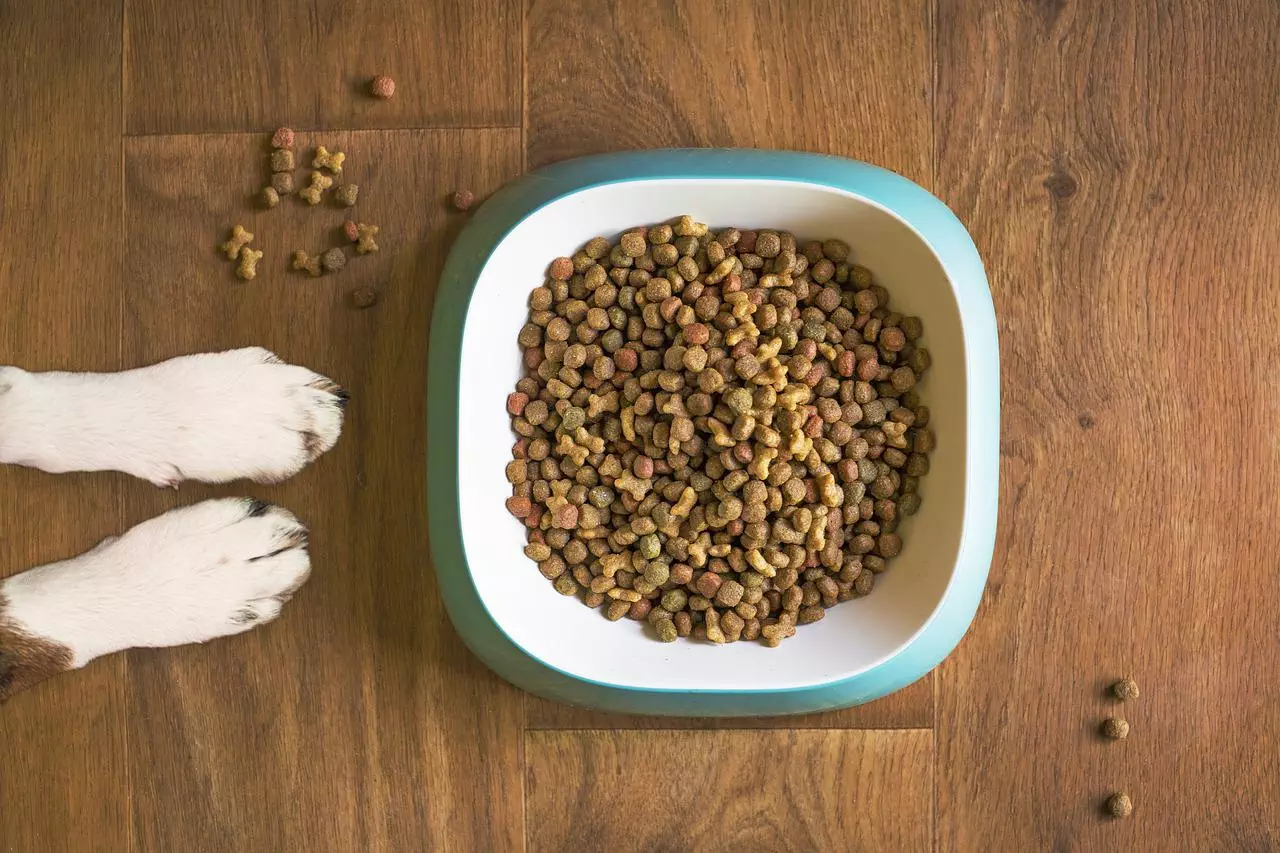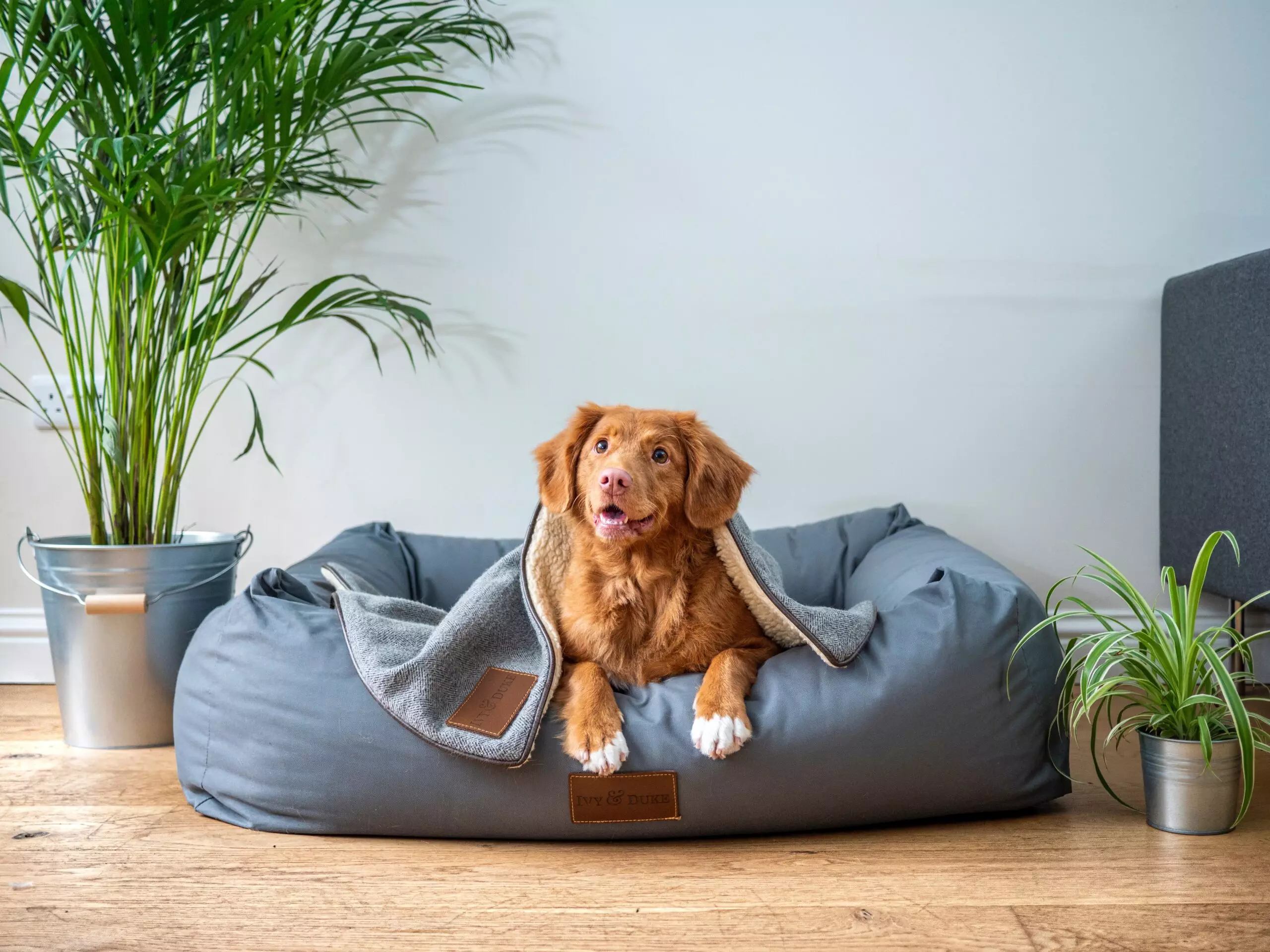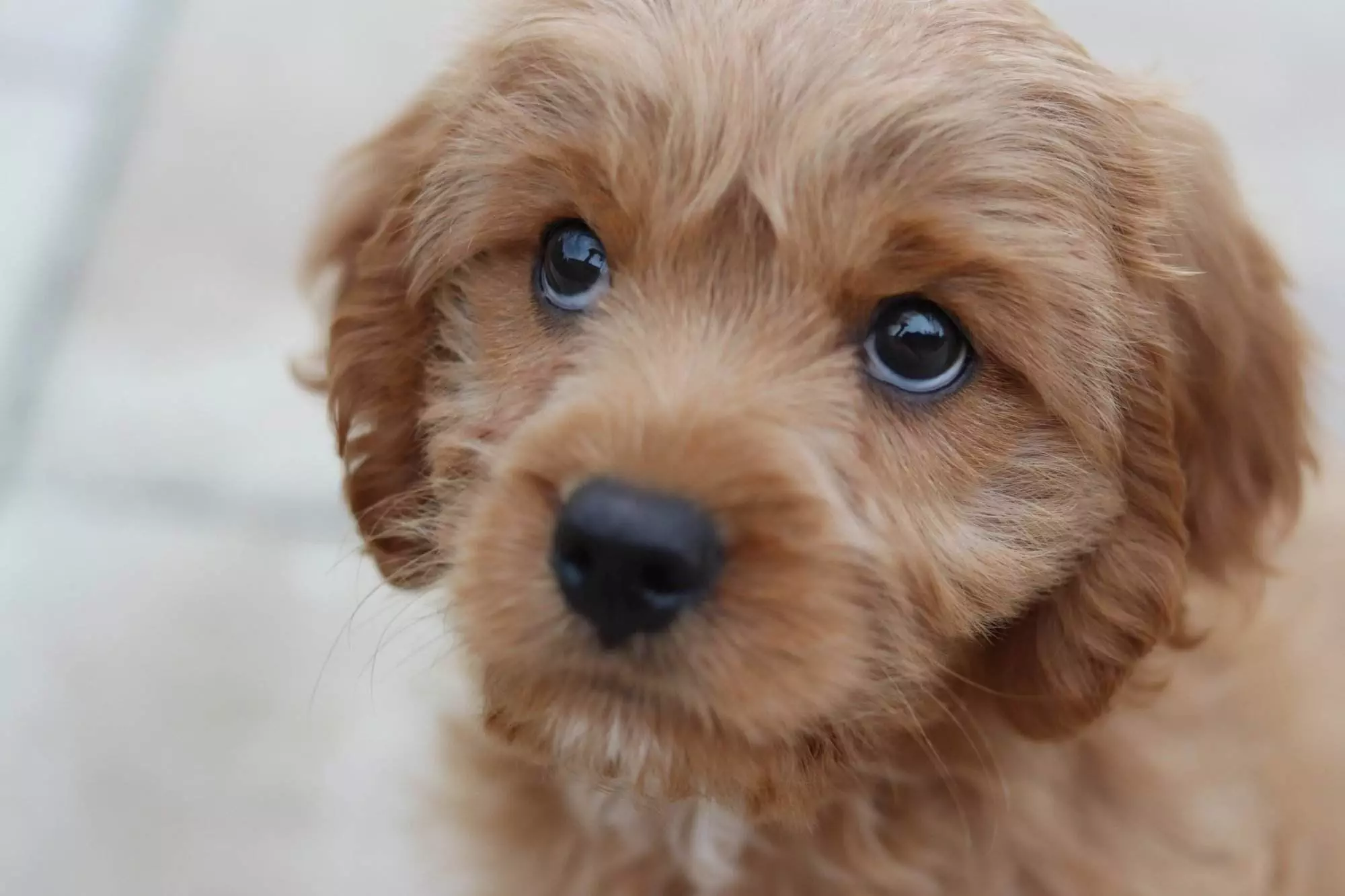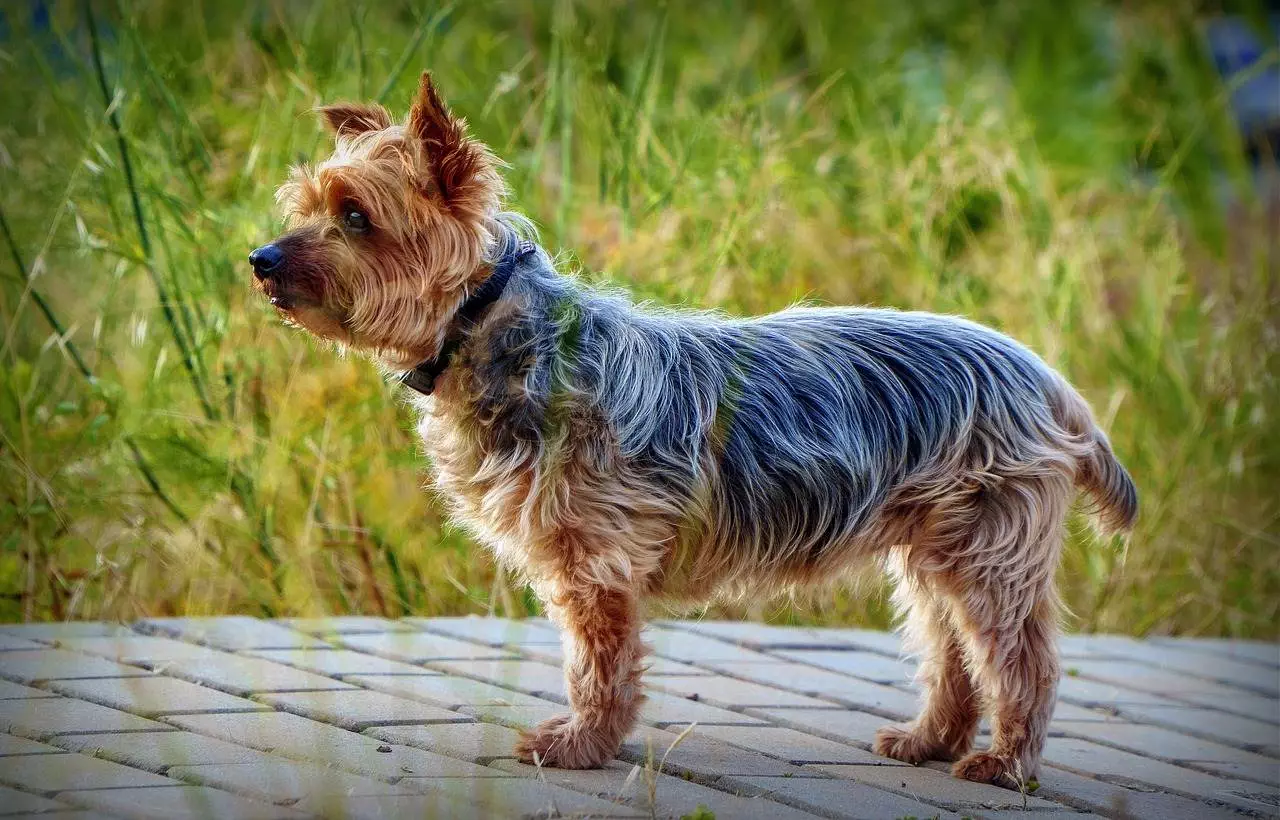As your dog is learning to follow a potty break routine, you have to avoid doing anything that makes the lessons harder. One way you can help this process is in managing the dog’s food intake.
As you monitor and log the crate time and potty breaks, you’ll notice a pattern in your dog’s elimination. Make sure that the food you provide and the timing of feedings don’t compromise training.
Feed your dog at the same time each day. If you feed him in the morning before leaving for work, put out the food as soon as you wake up. The dog can eat and begin to digest the food while you’re getting dressed and having your breakfast.
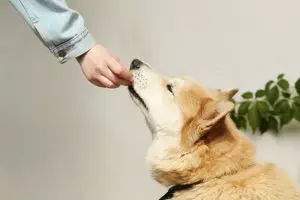
Then the dog will be ready to potty before you leave. Never leave the dog food out all day. If your dog (especially a puppy) eats gradually all day long without a potty break, you’re asking for an accident to happen.
For crate training a puppy, make sure there’s a supply of water in a container that won’t tip. Also leave a few small dog biscuits or treats in case he gets hungry during the day – but don’t leave a full meal.
When you get home, take the dog out and then feed him. Don’t wait until late evening to feed dinner to the puppy or you’ll be cleaning up feces in the crate or on the rug. Allow a reasonable time for the digestion to occur.
No matter how much the dog begs, don’t give table scraps or snack foods. These are not well tolerated by most dogs and some snack foods can be harmful to the dog (and not so great for you either).
Just because a dog will eat what you give him in food scraps doesn’t mean it’s suitable for him. Feeding him the wrong kind of foods is likely to result in doggie diarrhea. If you don’t give your dog the non-nutrient snacks and junk that you eat, he won’t develop a taste for it – which is definitely better for everyone in the long run.
High quality dog food is made with added nutrients and designed for the age and weight of your dog. If you’re on a budget, find a place to skimp besides your dog food budget. Cheap dog foods can contain ingredients that cause stomach upset and have minimal nutritional value, so your dog may get fat but doesn’t grow and thrive.
If your dog gets diarrhea (even from high quality foods), check with your vet. There may be an ingredient in the food that doesn’t interact well with your dog’s digestive system. Ask the vet for a recommendation. If the next high quality food gets the same results, then your dog may have an internal illness or food allergy that the vet can diagnose.


